Modern agriculture faces significant challenges, from declining soil health to environmental concerns. Farmers are constantly seeking innovative solutions to enhance productivity while maintaining sustainability. One such solution gaining traction is biochar—a versatile amendment that offers numerous benefits for land restoration. Biochar, derived from organic materials through controlled pyrolysis, serves as a natural solution to improve soil structure, fertility, and overall health. Its ability to sequester carbon makes it particularly appealing for environmentally conscious practices. However, the use of biochar for land restoration isn’t without complexities, ranging from cost considerations to optimal application rates. This article delves into the intricacies of biochar, exploring its benefits, controversies, and practical implementation to help you make informed decisions for your farming operations.
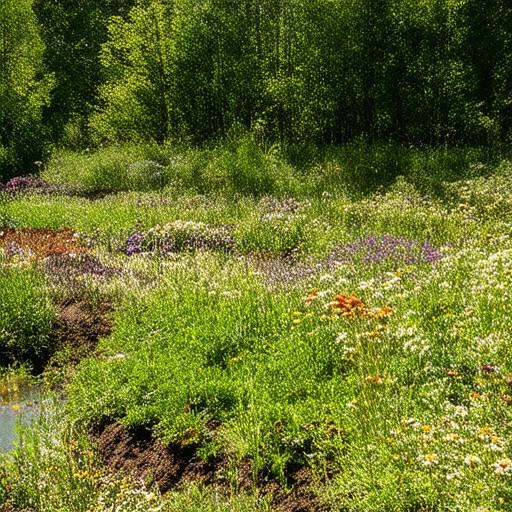
Downsides of Biochar
Biochar, while widely recognized for its benefits, does have certain drawbacks and considerations:
- Environmental Contamination Risk: Biochar can contain harmful substances such as heavy metals (lead, mercury, arsenic) and persistent organic pollutants (POPs). These contaminants may leach into nearby soil, water, and air, posing risks to ecosystems and human health.
- Greenhouse Gas Emissions: Production of biochar can emit greenhouse gases, particularly if the feedstock isn’t sourced sustainably. Improper management of organic waste during pyrolysis may lead to increased methane and carbon monoxide emissions.
- Soil Health Disruption: In excess, biochar can block soil pores, reducing water infiltration and hindering root growth. It may also alter microbial activity, potentially disrupting the delicate balance of soil organisms.
- Carbon Sequestration Trade-offs: As a carbon sink, biochar helps sequester carbon, but it can slow the decomposition of organic matter in soil, reducing the soil’s capacity to release CO2. This creates a balance between carbon storage and nutrient cycling.
- Regulatory and Variability Issues: Biochar standards vary globally, leading to inconsistencies in product quality and efficacy. Farmers and users may face challenges in sourcing reliable, high-quality biochar that meets local regulations.
These factors highlight the importance of careful selection, application, and monitoring when using biochar to ensure it supports sustainable practices without unintended consequences.
How Much Does Biochar Cost Per Acre?
As of recent data, biochar typically costs approximately $3580 per acre . This estimate encompasses the production and application costs associated with generating and spreading biochar over an acre of land. Here’s a breakdown of the key components contributing to this cost:
- Production Costs :
- Feedstock : The primary expense is sourcing the raw materials used for biochar production, such as wood chips or agricultural residues. These can range in cost depending on availability and transportation.
- Pyrolysis Process : The energy-intensive pyrolysis process adds to the production costs, particularly for larger-scale operations.
- Application Costs :
- Spread Rate : The cost is influenced by how much biochar is applied per acre. Lower amounts over multiple years can help distribute the cost effectively across growing seasons.
- Labor and Machinery : Applying biochar requires equipment and labor, adding to the overall expense.
Factors influencing biochar costs include the type of feedstock, production scale, and regional availability. For instance, using agricultural residues may be more cost-effective than wood-based biochar, though availability can vary. Additionally, exploring local producers or community programs might offer more affordable options.
To optimize costs, consider smaller-scale production or seeking grants that offset expenses. Long-term benefits, such as improved soil fertility and reduced reliance on synthetic fertilizers, often justify the initial investment.
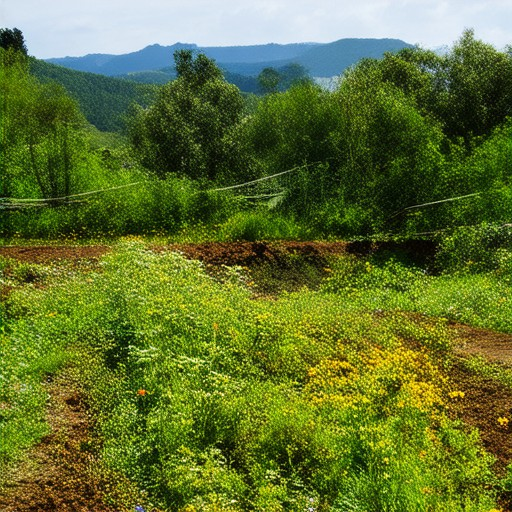
Controversy Surrounding Biochar
Biochar has sparked debate due to several concerns:
- Environmental Impact of Production: The high-energy process of producing biochar, often through pyrolysis, raises questions about carbon emissions and environmental sustainability. Critics argue that the energy required may outweigh the benefits, potentially contributing to carbon footprints.
- Mixed Research Findings: While some studies highlight biochar’s benefits for soil health, others challenge these claims, suggesting limited or inconsistent positive impacts on crop yields and soil properties.
- Scalability Issues: Biochar production relies on abundant organic feedstocks. Critics note that converting organic waste into biochar may divert resources needed for food production, particularly in regions facing food security challenges.
- Regulatory and Safety Concerns: As a soil amendment, biochar must meet specific standards. Variability in production methods and inconsistent product quality have led to skepticism among regulators and consumers regarding its safety and effectiveness.
- Economic Barriers: High production costs compared to conventional fertilizers and lack of widespread adoption have hindered biochar’s use, despite potential benefits. Farmers may hesitate without clear economic advantages.
- Misconceptions About Benefits: Biochar is often portrayed as a universal solution, but its effectiveness varies depending on soil conditions, application methods, and specific crops. Overuse or misuse could lead to unintended consequences.
These controversies highlight the need for further research, standardized production practices, and informed decision-making to fully realize biochar’s potential as a sustainable agricultural tool.
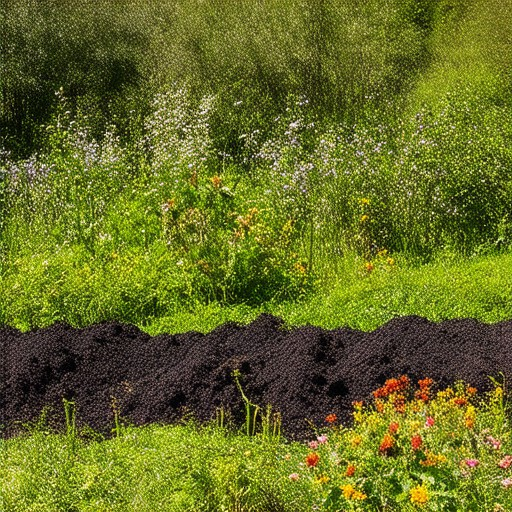
Can You Put Too Much Biochar in Soil?
Yes, applying too much biochar can harm your plants and disrupt soil health. Here’s why:
- Soil pH Imbalance: Biochar tends to increase soil acidity due to its production during pyrolysis. Over-application can elevate the pH beyond many plants’ preferred ranges, potentially stressing sensitive vegetation.
- Nutrient Competition: Excessive biochar may sequester essential nutrients like phosphorus and zinc, reducing their availability for plants and encouraging microbial competition, which can hinder plant growth.
- Soil Structure Issues: In large quantities, biochar can make soil too coarse, impeding root penetration and water infiltration, which are vital for plant survival and productivity.
For optimal results, consider applying biochar at recommended rates, typically around 5% by weight (approximately 50 kg per square meter for agricultural uses), and monitor your plants’ reactions to determine the suitable amount for your specific situation.
How Long Does Biochar Last in Soil?
Biochar’s longevity in soil varies based on several factors:
- Soil Type: Biochar tends to last longer in clay-rich soils due to better nutrient retention and slower decomposition rates compared to sandy soils.
- Application Method: When incorporated deeply into the soil through composting, biochar can last up to 10 years or more. Surface applications may decompose faster, typically lasting 3-5 years.
- Environmental Conditions: Extreme temperatures, heavy rainfall, or frequent tilling can accelerate biochar degradation, reducing its effectiveness over time.
For optimal results, consider applying biochar deeply into the soil and incorporating it into a balanced organic matter system. Regular monitoring of soil health can help determine when additional biochar may be needed to maintain benefits.
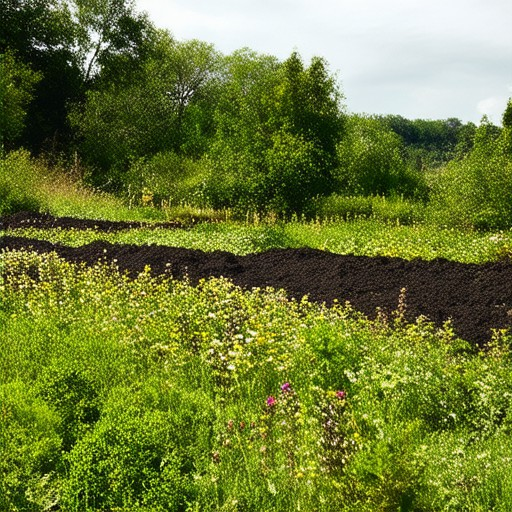
Can I Put Biochar on Top of Soil?
Yes, you can incorporate biochar into your soil, but the most effective method is to mix it thoroughly rather than simply placing it on the surface. Here’s a step-by-step guide to using biochar effectively:
- Application Method: Mix biochar into the top 6-8 inches of soil at a rate of 1-2 cups per square foot. This ensures it integrates into the soil structure and remains available for plant roots.
- Timing: Apply biochar at least 2 weeks before planting seeds or transplants to allow the soil microbes to break down the biochar and release its benefits.
- Soil Considerations: While biochar works well in most soils, it’s particularly beneficial in clay-heavy soils to improve drainage and in sandy soils to retain moisture and nutrients.
- Plant Compatibility: Biochar enhances nutrient availability, making it beneficial for a variety of plants, including vegetables, flowers, and trees. However, avoid applying large amounts around nitrogen-sensitive plants like legumes.
- Dosage: For optimal results, aim for 1-2% biochar content in your soil mixture. This means approximately 1-2 cups per square foot for garden beds.
- Longevity: Biochar can last for several years, especially when mixed into the soil. Regular applications, especially after heavy rain or watering, can help maintain its effectiveness.
By following these guidelines, you can maximize the benefits of biochar, supporting healthier plant growth and improving soil fertility in your garden.


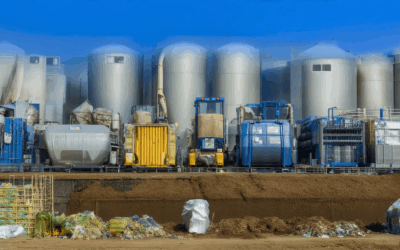
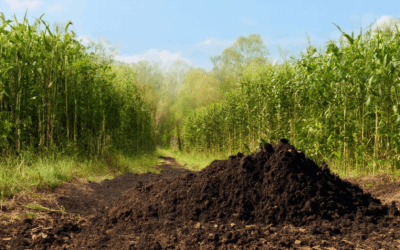
0 Comments